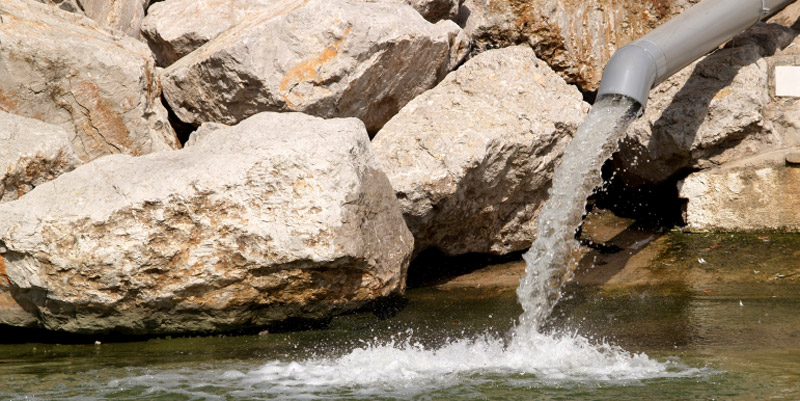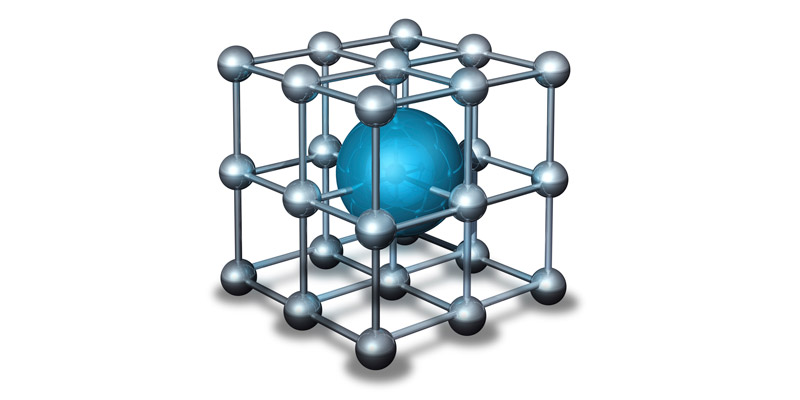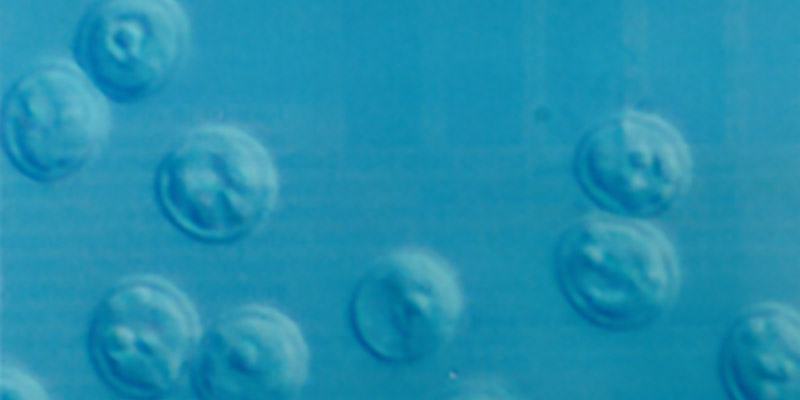Innovative Methods for the Detection of Pathogens and Evaluation of the Fecal Indexes of Microbial Pollution
Principal Investigator - Pierre Payment, Professor, Institut Armand-Frappier, Institut national de la recherche scientifique (INRS) (2001-2004)

Challenge
Fecal coliforms have been used extensively as an indicator of water quality and have historically occupied a central role in the concept of public health protection. Today, this role has been seriously questioned. A large number of false negative tests and outbreaks without the detection of fecal coliforms have demonstrated that new approaches must be developed.
Assessing water quality has become a difficult task as current monitoring and regulatory parameters do not completely protect public health. Low levels of pathogens such as the viruses, Giardia and Cryptosporidium can penetrate the barriers of water treatment plants and survive disinfection. New emerging pathogens have not yet been fully assessed as to the threat that they will represent to the population. Current methods for the measurement of the fecal index and detection of indicator bacteria are relatively slow (1-3 days), while the detection of pathogens is relatively expensive and requires specialized laboratories.
This project, led by Dr. Pierre Payment, has developed rapid, sensitive, quantitative methods to detect and study index microorganisms and pathogens in water, validate and use these methods under field conditions using samples from various Canadian cities, and analyze the data to provide regulatory oversight criteria and better public health protection.
Project
This study operated under three laboratories, which studied the detection of microorganisms by molecular methods (quantitative polymerase chain reaction, fluorescent in-situ hybridization (FISH), solid-phase laser cytometry (ScanRDI) and DNA chips. These methods have permitted a specific, reliable and rapid detection without the need for a cultivation step. All laboratories have assessed sensitivity, specificity and speed. In terms of sensitivity, the methods have been able to detect and quantify microorganisms in the presence of high concentrations of background contaminants. In terms of specificity, the methods enable the minimization of false-positive and false-negative samples. With regards to speed, the results are available in less than 24 hours.
In the past DNA chip technology has been used almost exclusively for comparative expression studies aimed at pharmaceutical research. However, for this project it is used to detect pathogens. To do this researcher’s developed DNA/RNA preparation methods, robust labeling technologies which can overcome known inhibitors, and probes to identify genus, species and virulence factors within complex mixtures of pathogenic and non-pathogenic microbes.
These sampling methods were utilized at eight wastewater treatment plants and six drinking water intakes located on the Mille-Îles River. The results of the study confirm that most wastewater treatment plants still discharge high levels of pathogens and that some do not meet the discharge criteria set by the Ministry of Environment.
Outputs
- Development of direct detection methods for pathogens and index microorganisms in the environment.
Publications:
- Baudart J, Coallier J, Laurent P, Prevost M. 2002. Rapid and sensitive enumeration of viable diluted cells of members of the family enterobacteriaceae in freshwater and drinking water. Appl Environ Microbiol. 68(10):5057-63.
- Baudart J., Olaizola A., Coallier J., Gauthier V., Laurent P. 2003. Assessment of a new technique combining a viability test, whole-cell hybridization and laser-scanning cytometry for direct counting of viable cell of members of the family Enterobacteriaceae in drinking water. Applied and Environmental Microbiology (submitted)
- Payment P., M. Waite, and A. Dufour. 2003. “Introducing parameters for the assessment of drinking water quality”, pp. 47-77, In “Assessing microbial safety of drinking water: Improving approaches and methods. ” OECD – WHO, Paris, France
- Medema GJ, P. Payment, A. Dufour, W. Robertson, M. Waite, P. Hunter, R. Kirby and Y. Andersson. 2003. “Safe Drinking Water: An Ongoing Challenge”, pp. 11-46, In “Assessing microbial safety of drinking water: Improving approaches and methods.” OECD – WHO, Paris, France
- Köster W., T. Egli, N. Ashbolt, K. Botzenhart, N. Burlion, T. Endo, P. Grimont, E. Guillot, C. Mabilat, L. Newport, M. Niemi, P. Payment, A. Prescott, P. Renaud, and A. Rust. 2003. “Analytical methods for microbiological water quality testing.”, pp. 237-295, In “Assessing microbial safety of drinking water: Improving approaches and methods. ” OECD – WHO, Paris, France
- Maynard C, Berthiaume F, Lemarchand K, Harel J, Payment P, Bayardelle P, Masson L, Brousseau R. 2005. Waterborne pathogen detection by use of oligonucleotide-based microarrays. Appl Environ Microbiol. 71(12):8548-57.
- Lemarchand K, Berthiaume F, Maynard C, Harel J, Payment P, Bayardelle P, Masson L, Brousseau R. 2005 Optimization of microbial DNA extraction and purification from raw wastewater samples for downstream pathogen detection by microarrays. J Microbiol Methods. 63(2):115-26
- Lemarchand K, Masson L, Brousseau R. 2004. Molecular biology and DNA microarray technology for microbial quality monitoring of water. Crit Rev Microbiol. 2004;30(3):145-72
Reports
Four reports – Lemarchand K, Masson L, Brousseau R., Payment P. , Bayardelle P, Harel J. 2002. “Application of DNA microarray technology for wastewater analysis. Bibliographic review”.
- Report #1 to Water Environment Research Foundation (WERF) for project 01-HHE-1, August 2002.
- Report #2 to WERF for project 01-HHE-1, November 2002.
- Report #3 to WERF for project 01-HHE-1, February 2003.
- Report #4 to WERF for project 01-HHE-1, April 2003.
Outcomes
- The results from this study provide legislative bodies and involved industry with the knowledge that most wastewater treatment plants need to significantly improve the quality of their discharges in order to better protect public health. The results suggest that while thermotolerant coliforms are significantly removed, other pathogens will need significant changes in the processing to remove them from wastewater.
- Development of direct detection methods for pathogens and index microorganisms in the environment is expected to have substantial commercial value.
- Further development of the technology is expected to lead to real-time pathogen detection devices to assist in the design and development of remote-controlled facilities especially suited for drinking water purification and wastewater treatment in isolated communities. Such systems would have great commercial importance both locally and internationally. Additionally, rapid and sensitive methods for the detection of specific microorganisms will provide invaluable data for public health protection.
- This project has generated an excellent potential for technology transfer. DNA chip technology for pathogen detection is in high demand by the industry, within Canada and worldwide. Other methodologies developed via this project can also be transferred to industry with large benefits
- Increased capacity as this project has helped train several graduate students and technical staff, providing the field with highly qualified personnel.




